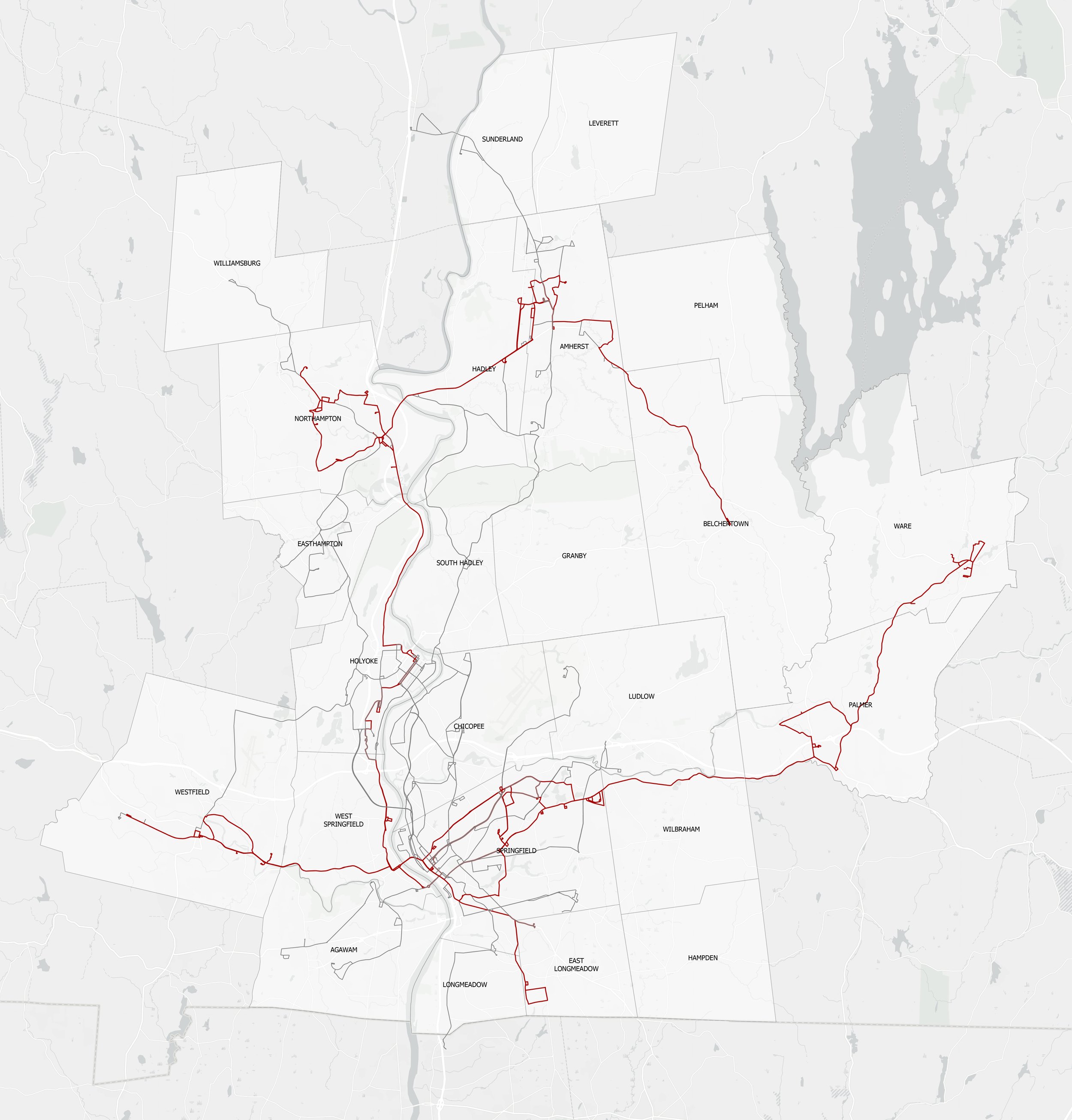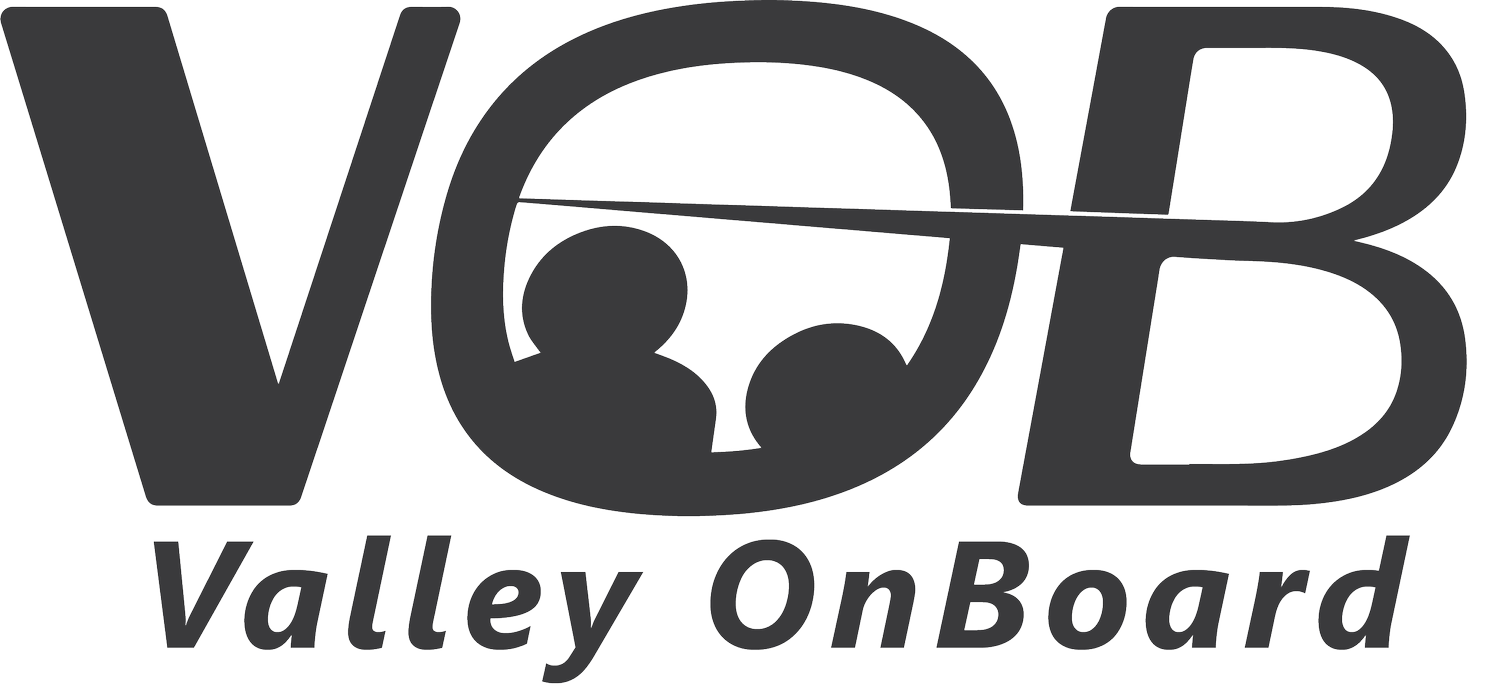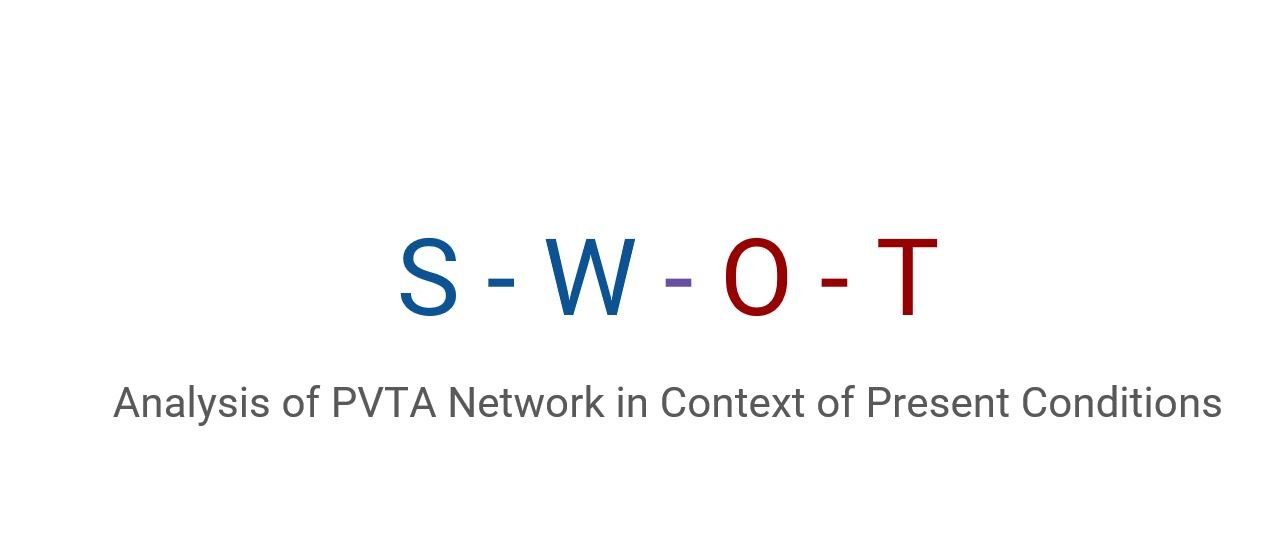Understanding the Valley Today

Massachusetts Transit Authorities
Pioneer Valley Transit Authority (PVTA)
Founded in 1974, the Pioneer Valley Transit Authority is the largest regional transit authority in Massachusetts with more than 300 buses and vans and 24 participating member communities.
PVTA was created by the state as a funding source and to provide oversight and coordination of public transportation within the Pioneer Valley region. PVTA does not operate or maintain buses, but contracts with local providers to deliver these services.
Funding for the PVTA primarily comes from federal, state and local governments, and farebox revenues. The 24 individual cities and towns that are served by the PVTA pay an assessed amount, depending on the number of fixed route miles and paratransit passengers served in that city or town.
Since local and state funding is based largely on ridership, maintaining and increasing ridership is essential for funding the transit network now and into the future.
You can learn more about our client here.
Environmental Justice
In Massachusetts, an environmental justice population is a neighborhood where one or more of the following criteria are true:
the annual median household income is 65 percent or less of the statewide annual median household income
minorities make up 40 percent or more of the population
25 percent or more of households identify as speaking English less than "very well"
minorities make up 25 percent or more of the population and the annual median household income of the municipality in which the neighborhood is located does not exceed 150 percent of the statewide annual median household income. (source)
As a HOPE Program-funded project, Valley on Board is focused on improving transit access in areas of persistent poverty. Environmental Justice Communities represent a metric to identify these areas.
GARAGE VISITS
To understand our region, we thought that first steps should include speaking with those on the front lines of management and daily operations of the PVTA.
We began with our visit to the UMass Garage and followed this up with a trip to the brand new Springfield Facility, built in Spring 2019. These locations serve as the operations hubs to bulk of the users in our Region.
Speaking to operations managers provided us with a real sense of the current challenges being faced.

BUS RIDES
Additionally, to best understand our network, we got on buses and observed what it is like to rely on transit first hand. By riding a variety of geographically different routes throughout the system, we came to understand how diverse this region is. This gave us critical observations that we were able to explore further in our S.W.O.T. analysis and guided our preliminary understanding of the regional services provided.
SWOT Analysis is a tool for looking at relationships between internal and external factors affecting a system.
This has been an iterative process, involving pooling observations from our various sources of analysis into these 4 overarching categories and through much discussion, whittle it down, make connections, and see how observations may be representative of system wide trends.









